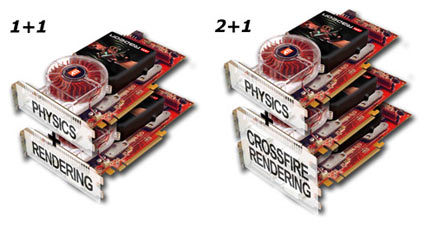The Scientists' Opinions on Gaming Physics
Introduction
Physics has always been part of our games, as the term describes how objects relate to each other and their surroundings. But to render physics in a realistic way, a large number of extremely advanced calculations is required. This demands serious horsepower, which puts more and more strain on the CPU. And as the CPU already handles a lot of other tasks, the idea of a separate hardware unit to take care of physics - just as the GPU handles graphics - has been around for quite a while. Based on that thinking, Ageia created and released their PhysX card. Nvidia and ATI, though, have a different take on the problem, saying that physics can be done just as well, if not better, by adding another GPU to the equation rather than a separate physics processing unit (PPU).
So it seems that opinions differ concerning which technique handles physics best. That's why we here at THG had a talk with a couple of scientists, in an attempt to try to shed some new light on this subject. Is physics really that hard to do? Why? And which technology works best?
Join our discussion on this topic
Speak out in the Toms's Hardware reader survey!
Get Tom's Hardware's best news and in-depth reviews, straight to your inbox.
